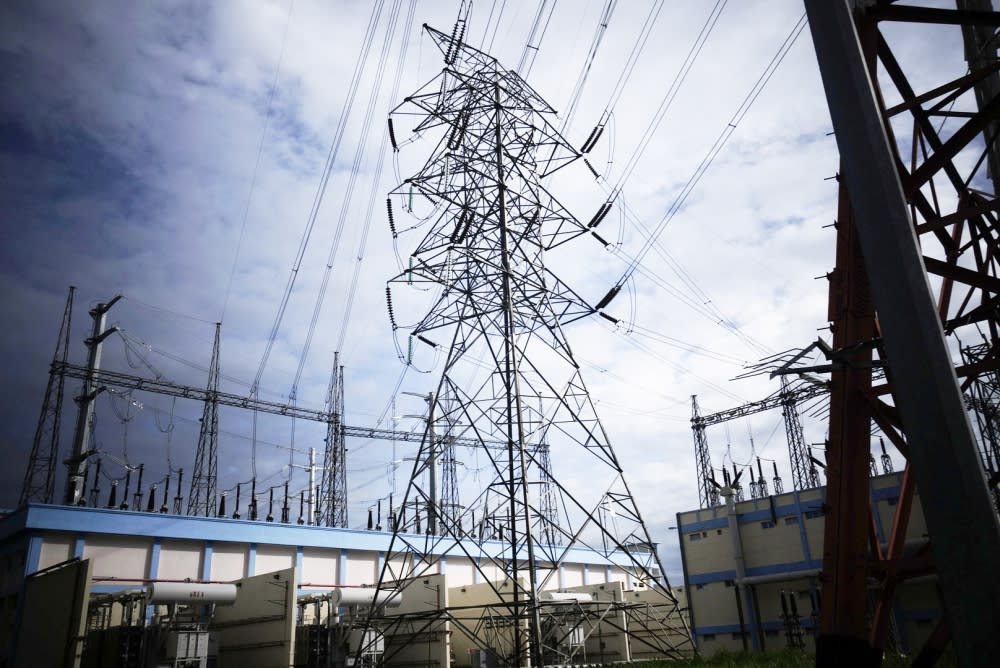SESB chief says Sabah’s power grid at risk even from squirrels

KOTA KINABALU, Aug 4 — Sabah’s power infrastructure is so vulnerable that even a squirrel could lead to a blackout, said Datuk Wilfred Madius Tangau.
The Sabah Electricity Sdn Bhd (SESB) chairman said there were some 5,000km of uncoated cables used to transmit power across the state, which could be disrupted minor incidents such as small rodents of tree branches falling on them.
“Because they are unprotected, they are extremely sensitive to external factors.
“So sometimes, even when a squirrel is on a cable, or a branch or leaf or, worse, a tree falls and hits a cable, we’re going to lose power,” he said.
The Tuaran MP said that the underdevelopled infrastructure was among the reasons Sabah experienced frequent power outages, during a talk on the subject on the “Sabah Way Forward” movement’s Facebook page last night.
He said that when a short circuit like he described occurs, it could be challenging for the SESB’s response teams to determine the location of the incident, which was currently being done using 25 drones.
Tangau said the cables should ideally be coated to prevent such outages, but this would take a long time to implement and cost at least RM1 billion.
“With SESB’s current capacity, it can only manage 300km of coating every year. Without a major cable replacement programme, it will take us 20 years to solve the problem of uncoated cables in the state,” he said.
Aside from the uncoated cables, Madius said that another contributing factor was that several districts were not connected to the main power grid, causing lower power generation as well as storage capacities.
Districts like Telupid and Ranau, which are on the grid, also ran on their own ageing gensets that could cause their share of power generation to drop from 20 per cent to five per cent, potentially causing the system average interruption duration index (SAIDI) of over 500 minutes annually.
The state’s SAIDI was now 298 minutes per year, down from 700 minutes ten years ago.
The Kota Kinabalu Industrial Park is the only area in the state with a SAIDI of only 50 minutes, while Kota Kinabalu has more than 100.
In areas like the state capital here, Tangau said the large population and high development activity meant that underground cables were sometimes hit.
“The incidences of disturbances are high and it takes time to reconnect after it trips,” he said.
One of the obvious solutions was to increase power generation, which will in turn increase the reserve margin which currently stands at 12 per cent. A healthy margin would be 30 per cent, he said.
Sabah’s current power generation capacity is around 1,200 megawatts, with 80 per cent of it coming from independent power plants (IPPs), and the remaining 20 percent coming from SESB’s own assets.



